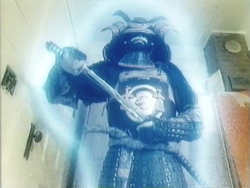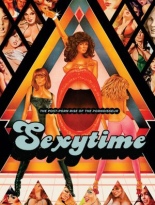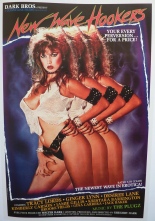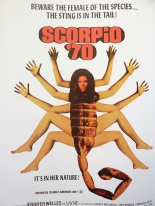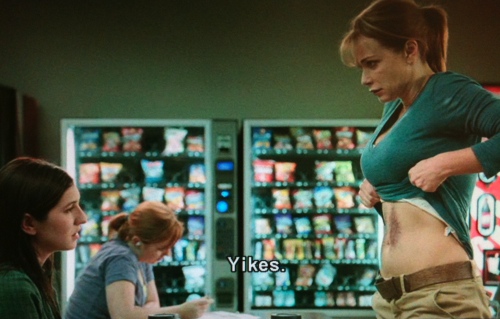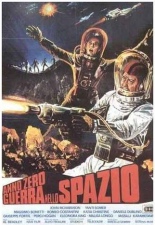
 In the late 1970s, sci-fi flicks popped up like mad, because producers wrongly assumed any space-themed film would be the next Star Wars. Italy made scads of them, including Cosmos: War of the Planets. If a plot exists to its first half, it skipped the translation process.
In the late 1970s, sci-fi flicks popped up like mad, because producers wrongly assumed any space-themed film would be the next Star Wars. Italy made scads of them, including Cosmos: War of the Planets. If a plot exists to its first half, it skipped the translation process.
For 45 minutes, the members of a spaceship push buttons, take orders from a computer named Wiz, go on a spacewalk where acid seeps into the suit, and have virtual sex in the “Cosmic Love” room (which has two settings: “violent or gentle”). Because they all wear red cloth helmets that obscure a majority of the head, it’s extremely difficult to tell the characters apart. Okay, so one has a beard, one is black (and gets the whitest voice-dub of them all) and a couple of them have breasts, but other than that, baby, they’re the same.
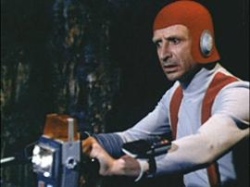 Then they visit a mysterious planet, where a semblance of a story takes shape. Our heroes come across a Stonehenge-like structure that, when walked through, zaps them underground to a cavernous dwelling housing a race of mostly naked slaves who look like Blue Man Group with Mr. Spock ears. As these slaves explain via telepathy, they’re lorded over by a boxy slot-machine robot that suspiciously resembles that non-threatening educational toy Tomy put on the market around the time.
Then they visit a mysterious planet, where a semblance of a story takes shape. Our heroes come across a Stonehenge-like structure that, when walked through, zaps them underground to a cavernous dwelling housing a race of mostly naked slaves who look like Blue Man Group with Mr. Spock ears. As these slaves explain via telepathy, they’re lorded over by a boxy slot-machine robot that suspiciously resembles that non-threatening educational toy Tomy put on the market around the time.
The last few minutes is one of those endings that makes you go, “What the—?” for several reasons, not the least of which is a crew member who inexplicably turns into a rabid, pustule-faced monster. With the flick’s low budget, expect a goofy electronic score, rudimentary optical effects and cardboard direction by Super Stooges vs. the Wonder Women‘s Al Bradley (aka Alfonso Brescia); ironically, don’t expect the one thing that costs nothing: lucidity. —Rod Lott

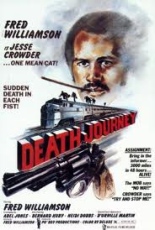
 The first of four low-budget vanity productions starring former pro football player Fred Williamson as alter ego Jesse Crowder,
The first of four low-budget vanity productions starring former pro football player Fred Williamson as alter ego Jesse Crowder, 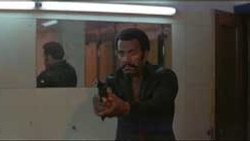
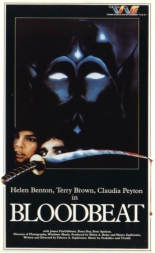
 Fabrice A. Zaphiratos’ directorial debut and swan song,
Fabrice A. Zaphiratos’ directorial debut and swan song, 